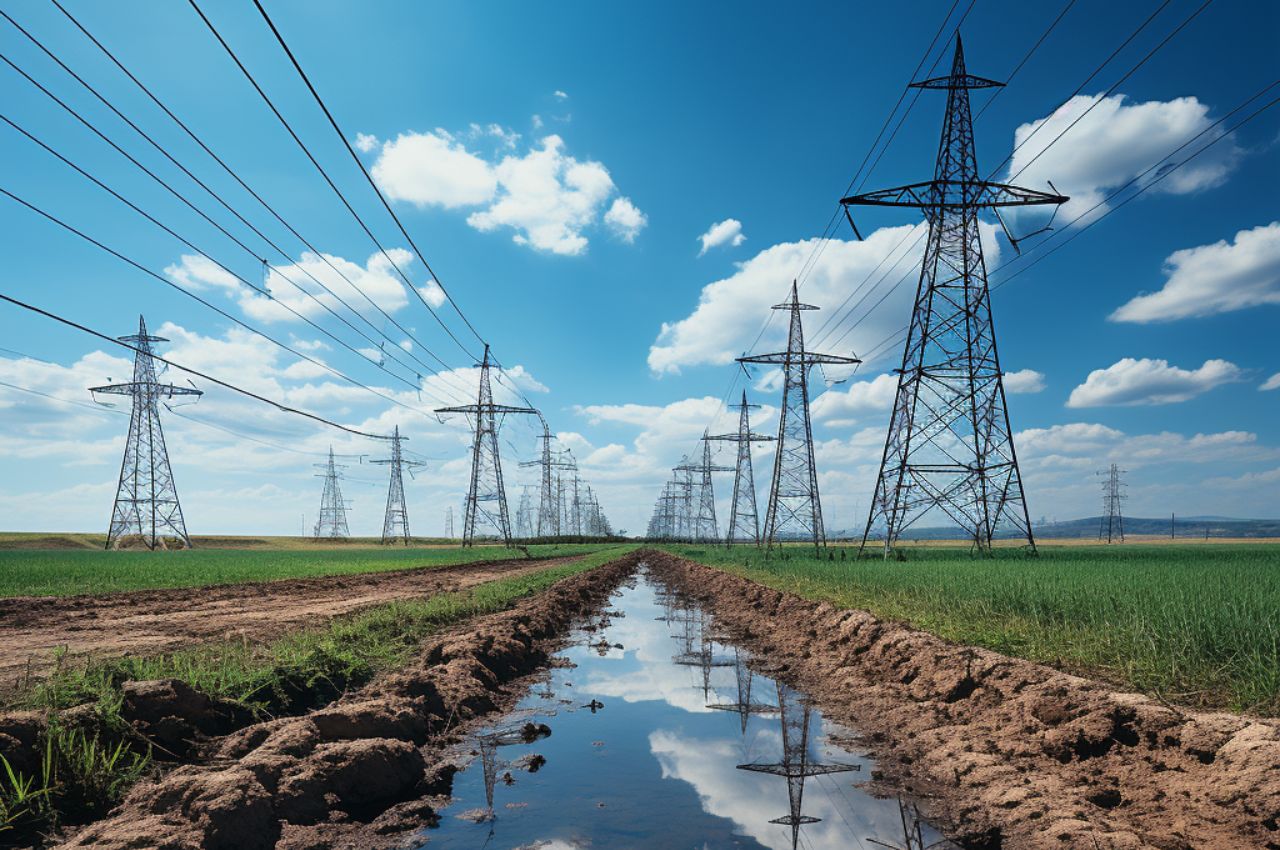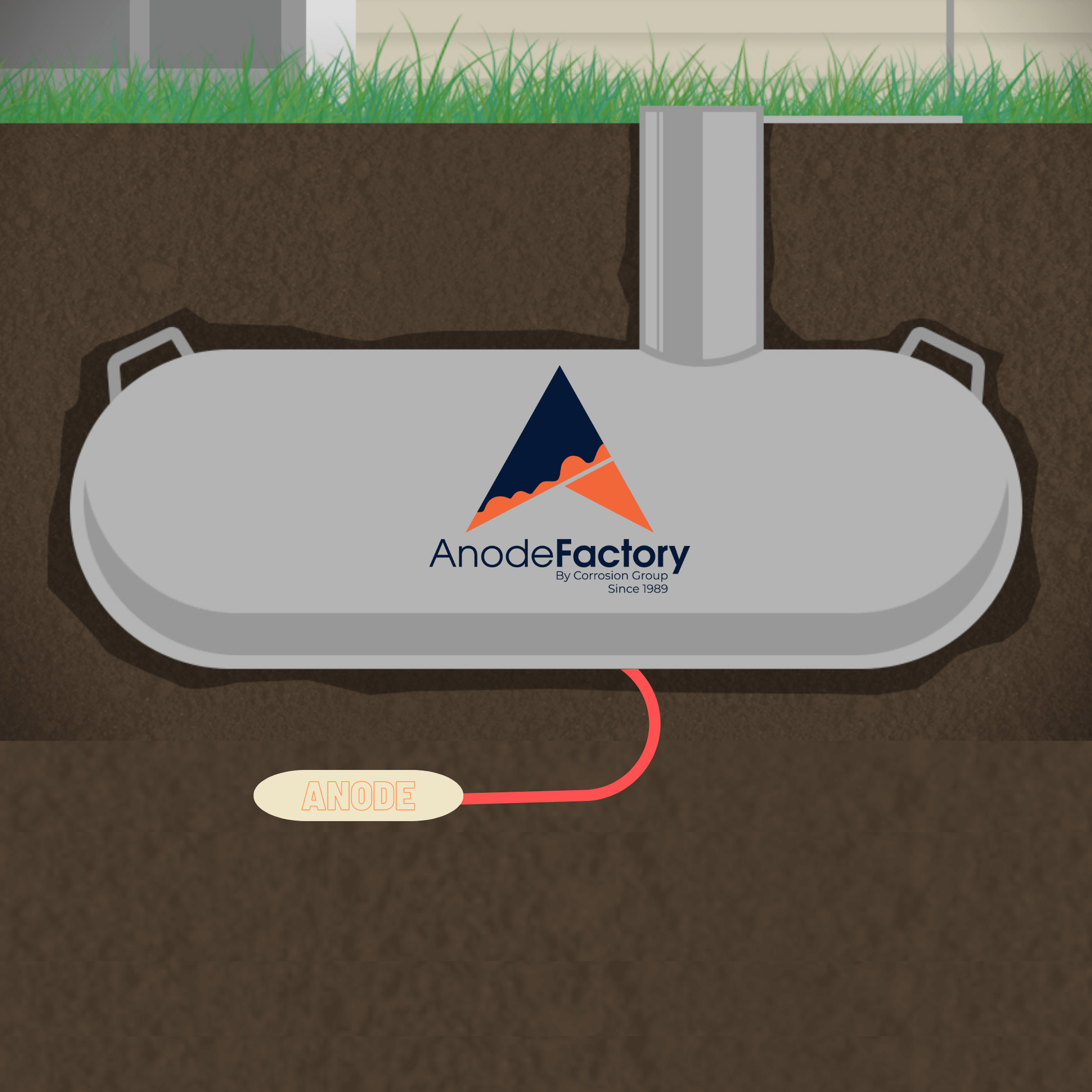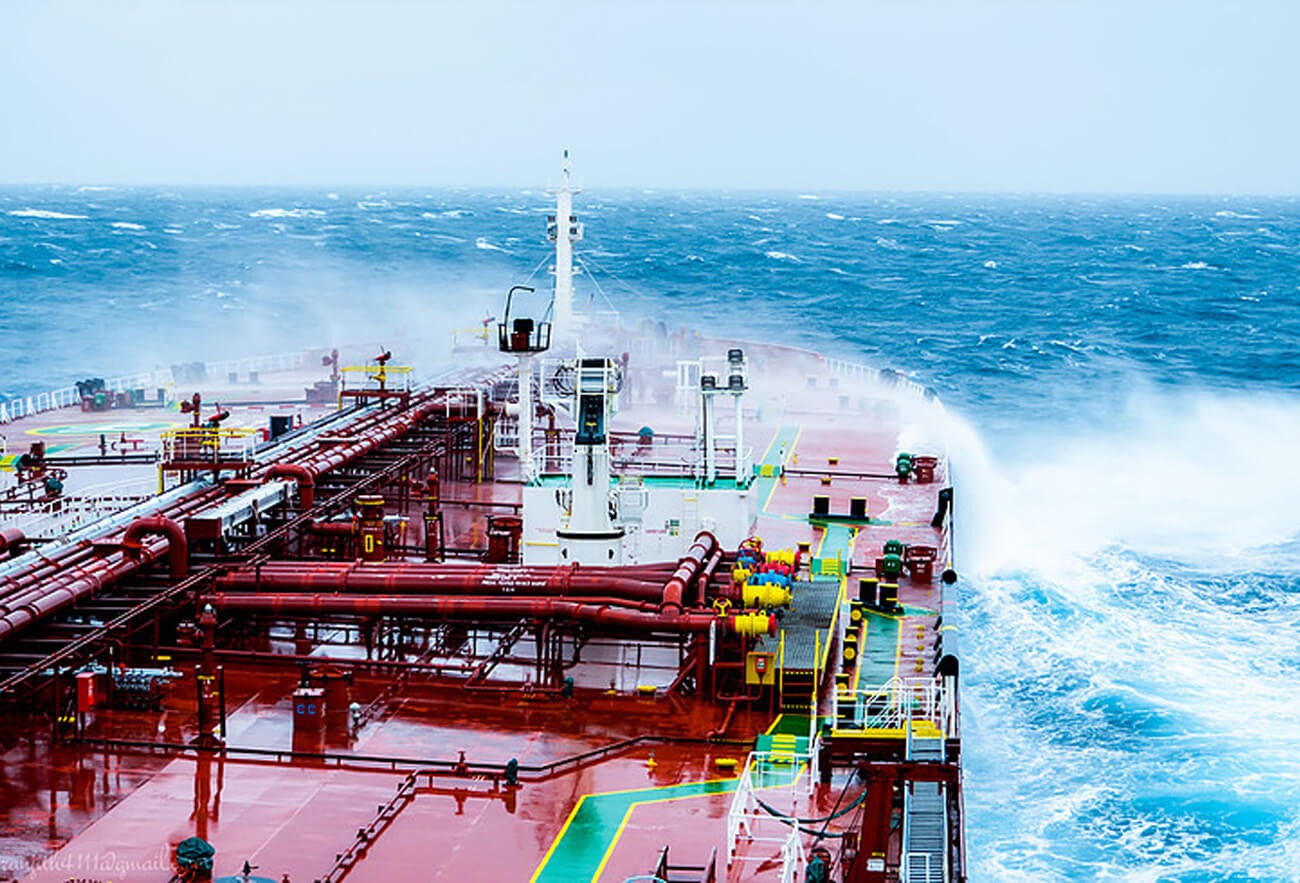
Corrosion Protection: A Key to a Greener Future

In our quest for a more sustainable future, we face many challenges, not least how we protect our infrastructure from the devastating effects of corrosion. In water pipelines, bridges, and ships, corrosion penetrates metal, causing problems such as water leaks, massive structural damages, and costly operational disruptions.
With the help of cathodic protection, sacrificial anodes, non-toxic coatings, and innovative solutions like Impressed Current Cathodic Protection (ICCP), there is hope for effectively combating this issue for real. We deal with corrosion issues every day and have been protecting metals in water, soil, and concrete since 1989. We know it’s possible – and we hope that more will open their eyes to creating sustainable infrastructure that reduces our carbon footprint and contributes to a more sustainable future for our coming generations.
Corrosion protection has a direct positive impact on the environment by extending the lifespan of metals and reducing the need for extracting, remelting, and transporting new materials. These processes are extremely energy-intensive and contribute significantly to global carbon dioxide emissions. By preventing corrosion, we can avoid unnecessary consumption of resources and thus reduce our carbon footprint.
Cathodic Protection Against Corrosion: How Does It Really Work?
Society is constantly looking for methods to reduce our impact on the planet. Our contribution to reduced carbon dioxide emissions is that we work daily with efficient methods to extend the lifespan of metals. One example of this is the use of cathodic protection. In cathodic protection, we use an external power source, usually a rectifier, on the metallic structure to be protected. The current generates an electrochemical reaction that makes the metal immune to corrosion, as long as the protection is active. A very successful method especially in environments where metal constructions are exposed to water or moist soil. We protect many important objects with the help of cathodic protection – every day.
Non-Toxic Corrosion Protection for a Sustainable Future
An important aspect for us is to use corrosion protection that is non-toxic both for the person working with the material and for the environment where the protection will be applied. Traditional methods of corrosion protection have often involved the use of harmful chemicals, which we do not consider sustainable. This makes our methods even more important from an environmental perspective, as we not only protect the customer’s constructions but also our planet.
In our pursuit to offer the market the best corrosion protection that is also not hazardous to health or the environment, we use STOPAQ. It is a groundbreaking solution in corrosion protection that completely eliminates the need for harmful substances. STOPAQ is a series of self-adhesive wraps with extreme adhesion capability used to protect against corrosion on steel constructions above ground, in soil, and in water. Read more about different applications for STOPAQ here.
Impressed Current Cathodic Protection (ICCP): A Modern Solution
For larger and more complex structures where traditional sacrificial anodes are not sufficient, impressed current cathodic protection (ICCP) comes in as a powerful solution. ICCP uses an external power source to drive a protective electric current through the metal, which then converts the entire structure into a cathode that becomes resistant to corrosion. ICCP systems are especially useful in aggressive environments where the risk of corrosion is high. Please read more about our solutions for ICCP for ships and marine environments here.
Leaking Water Pipelines: A Growing Societal Problem
Every year billion liters of purified water leak out through damaged water pipes. Water leaks cost society extreme sums every year and too often lead to major operational disruptions. Damaged water pipelines, often very susceptible to corrosion, lead to costly repairs and maintenance that constantly need to be redone. By implementing cathodic protection, the lifespan of water pipelines can be significantly extended, often by a factor of 10, which saves money, environmental resources, and protects our water supply. Read more about our various methods for protecting water pipelines in the soil here.
In Summary
In the fight against corrosion, cathodic protection is a sustainable, efficient, and well-proven solution. Not only by extending the lifespan of important constructions but also by reducing the need for new materials and the carbon dioxide emissions associated with their production and transport. By using non-toxic and efficient methods like cathodic protection and sacrificial anodes in our infrastructure, we take a step closer to a greener and more sustainable future.







